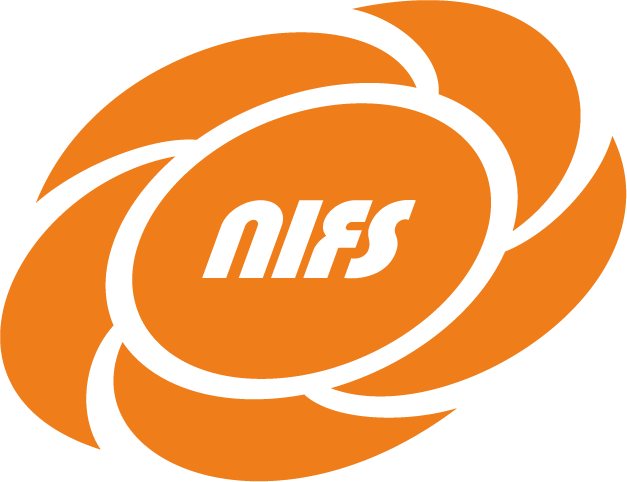Description
Non-inductive electron cyclotron (EC) plasma current ramp-up experiments have been conducted on the QUEST spherical tokamak [1]. A new 8.56-GHz ECH klystron system with incident-mode selectivity was developed for long-pulse sustainment and effective bulk electron heating [2].
Ray tracing calculations were used to evaluate the power absorption for core plasma heating via the fundamental O-mode and second-harmonic X-mode launched by this system, respectively. For O-mode, EC power was absorbed near a core plasma. For X-mode, a multiple harmonic heating scenario is expected to provide high-efficiency current drive via the fundamental mode and bulk electron heating near the second resonance.
The 250-kW power amplified by the klystron should be divided into four waveguide lines and is transmitted to four vacuum windows to avoid damaging the fragile window. When four waveguide lines are combined, a combined power is efficiently injected into the plasma by appropriately adjusting the phase of the transmitted waves. Following phase adjustment, a transmission efficiency of 98% was achieved for a 10 W/10 ms injection. For a 10 kW/10 s injection, approximately 62% efficiency was obtained, and a non-inductive tokamak plasma was successfully formed.
